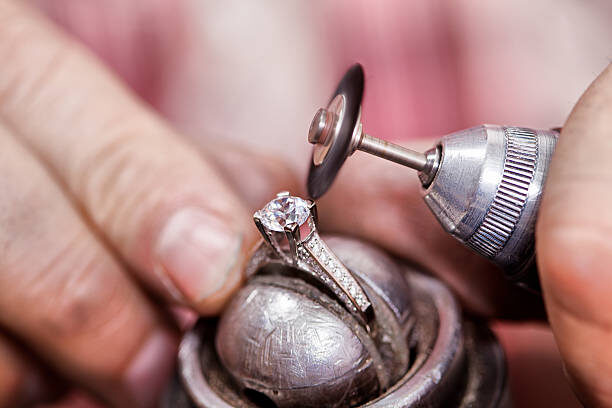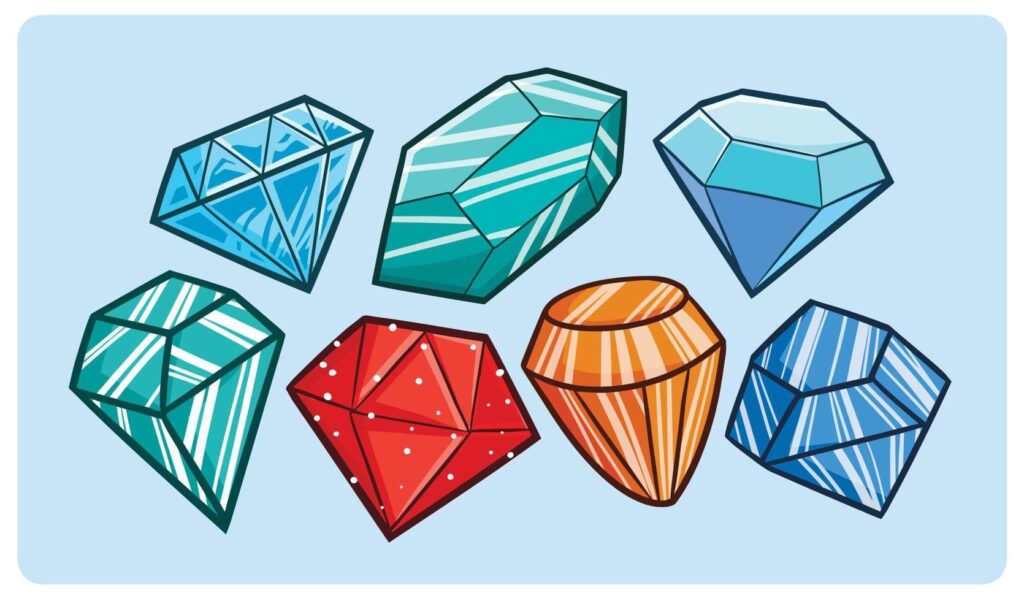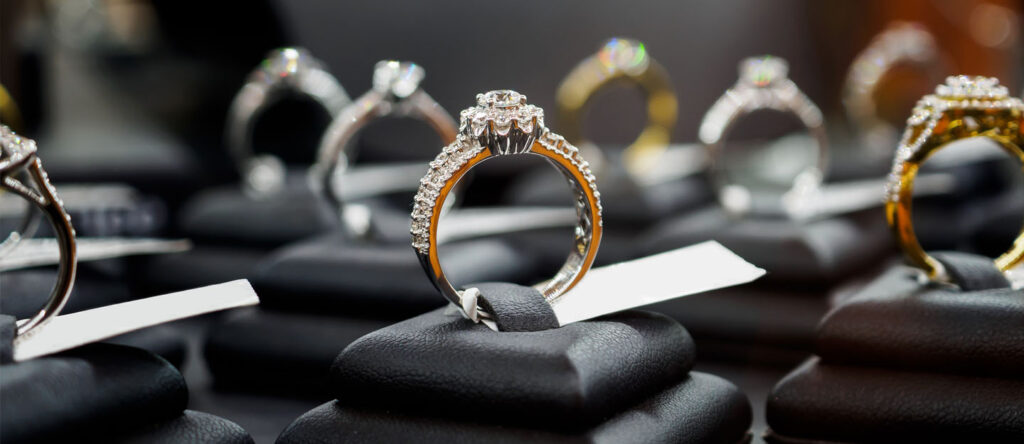Diamonds, often referred to as the “king of gems,” have captivated humans for centuries. Known for their unparalleled brilliance and hardness, diamonds are more than just beautiful stones; they are symbols of love, wealth, and power. Their journey from deep within the Earth to becoming treasured jewelry is as fascinating as their sparkling appearance.

The Formation and Mining of Diamonds
Diamonds are formed under extreme conditions deep within the Earth’s mantle, about 100 miles below the surface. These conditions include immense pressure and high temperatures, which cause carbon atoms to bond in a crystalline structure, resulting in the hardest natural substance on Earth. It can take billions of years for diamonds to form, making them as ancient as they are precious.
Diamonds are brought closer to the Earth’s surface through volcanic eruptions, where they are found in kimberlite pipes—vertical structures of igneous rock. Today, diamond mining occurs in various parts of the world, including South Africa, Russia, Canada, and Australia. The process of extracting diamonds can be labor-intensive and environmentally challenging, often requiring deep underground mining or the excavation of large areas of land.

The 4 Cs: Cut, Clarity, Color, and Carat
When it comes to valuing diamonds, four primary characteristics are considered: cut, clarity, color, and carat weight, commonly known as the 4 Cs.
- Cut: The cut of a diamond refers to how well it has been shaped and faceted by a skilled jeweler. A well-cut diamond reflects light beautifully, enhancing its brilliance and sparkle. The cut is arguably the most crucial factor in a diamond’s appearance.
- Clarity: Clarity measures the presence of internal or external imperfections, known as inclusions and blemishes. The fewer the imperfections, the higher the clarity grade and, typically, the higher the value.
- Color: While most diamonds appear colorless, they can also come in various hues. The most valuable diamonds are those with the least amount of color, although some colored diamonds, known as “fancy diamonds,” can be exceptionally rare and expensive, such as blue, pink, and green diamonds.
- Carat Weight: Carat weight measures the size of the diamond. Larger diamonds are rarer and, thus, more valuable, although the other Cs also significantly influence a diamond’s overall value.



Diamonds as Symbols
Diamonds have been symbols of power, wealth, and eternal love throughout history. Ancient cultures believed diamonds were fragments of stars or the tears of gods, attributing them with mystical powers. In modern times, diamonds are most famously associated with engagement rings, symbolizing eternal love and commitment.
The tradition of giving diamond engagement rings began in 1477 when Archduke Maximilian of Austria presented a diamond ring to Mary of Burgundy, starting a trend among European aristocracy. The tradition was further popularized in the 20th century by De Beers, a leading diamond company, with their famous slogan, “A Diamond is Forever,” which reinforced the idea of diamonds as a symbol of enduring love.
Conclusion
Diamonds continue to hold a place of prominence in both the jewelry industry and in cultural symbolism. Their journey from deep within the Earth to a symbol of love and commitment is a testament to their enduring appeal. However, as the world becomes more conscious of the ethical and environmental issues surrounding diamond mining, the industry is evolving. The rise of lab-grown diamonds and initiatives to ensure the ethical sourcing of natural diamonds are helping to shape a more sustainable future for this glittering gem.

This article covers the history and significance, emphasizing their unique value and appeal.


